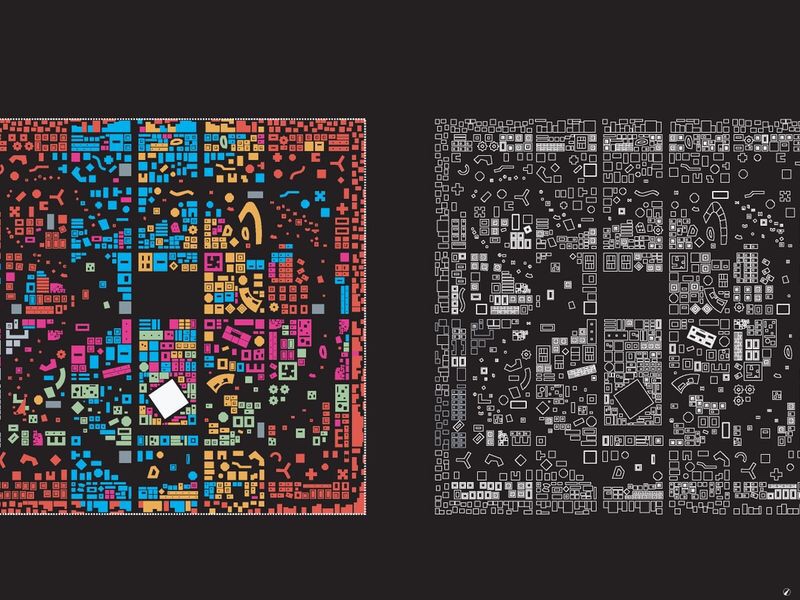Eco riddle: If green is good …
… what is greening of the desert?
For some time now desert developments have been constructed as though they could have been constructed anywhere else. Large sections of the desert are being turned into high maintenance lawn. Levels of energy and water consumption are representing immense ecological cost.
The Gulf is at a crossroads
Even with pressures to join the development race in the UAE, many areas of the United Arab Emirates still feel relatively virgin. Not yet ‘developed’ to the level of Dubai or Abu Dhabi, these areas could still avoid the type of rampant global modernism that has hit other parts of the UAE and opt for a more considered approach.
With 43 km2 for 150 000 new inhabitants, the plan for the City in the Desert represents a quantum leap in the region’s development. Its sheer size almost automatically implies that choices made in relation to the Gateway Plan will turn out to be choices for the region as a whole. This project marks a decisive moment in the course of the region’s future planning.
When it comes to the city, 20th century cures may yet prove 21st century ails: everything we have grown to like – low density, lawns, spaciousness, luscious green has suddenly become an ecological time bomb.
How does one create a welcoming city in an unwelcoming climate?
The fort – scarce protected land shared by large numbers of people – one of the city’s most authentic and compelling raisons d’être; the most efficient and compact form of urbanisation, where work and living form a single integrated whole.
This project couples the conveniences of one’s home to the proximity of cultural and social provisions, the intimacy of the traditional street to smooth accessibility and quality public realm to a large quantum of development…
Concentration, density, synergy, simultaneity, critical mass are the main features, not out of nostalgia, but out of absolute necessity.

